Cleansing heroic history of imperial arrogance How Russia marginalises non-Slavic heroes of WWII
On May 9, celebrations were held in Moscow to mark the 80th anniversary of the victory over Nazi Germany. Some leaders of the former Soviet republics attended, while others chose to abstain. These commemorations of a historic victory—essentially belonging to another country—are increasingly tied to contemporary Russian politics. This is regrettable, as the victory was achieved through the efforts of all the peoples of the USSR. And it should be stated in the plural, not in the form of a faceless, racially sanitised “Soviet people” blurred into the image of the Great Russian. The victory was won by Azerbaijanis and Kazakhs no less than by Russians or Ukrainians. And they fought for ideals of humanism and liberation, which are far removed from what Russian soldiers—portrayed as the heirs of the multinational Soviet army—are fighting for today. These present-day political manipulations became possible because the nature of that war and the historical meaning of the victory remain misunderstood and unrecognised.
Who stopped Hitler near Moscow?
Today, many in Russia are outraged by Donald Trump’s declaration of the United States’ unique role in defeating Nazi Germany. They argue that he is wrong—and indeed, his remarks do raise serious questions. But is everything in order with the Russian interpretation of history? Is it accurate and constructive? These, too, are fair questions. The consequences of Russia’s attempts to monopolise the history of the war against Nazism are clearly destructive.
For many, May 9 has become a matter of current politics. In some places, schoolchildren recite poems about the "warriors of Russia" of that time, and pompous parallels are drawn with today’s military actions—military actions, ironically, between the grandchildren of former comrades-in-arms. Meanwhile, on the other side, people distance themselves from Russia by removing the remains of fallen soldiers who stopped Hitler and instead glorify Nazi thugs as their new national heroes.
All of this is disheartening, because objectively, the USSR’s war against Nazi Germany and its allies has absolutely nothing to do with today’s Russia, its confrontation with NATO and the EU, or its invasion of Ukraine. That war, which became a crucial chapter of World War II, is a key part of global history—but the memory of it has fallen into the hands of irresponsible politicians. First, that memory was stolen through historical revisionism and the concealment of even documents detailing Nazi atrocities in sealed archives.
It’s worth saying a few words about this to grasp the scale of the problem. Let’s take the famous “Panfilov Division” as an example—this unit stood on the final lines of defence for Moscow. There was no one behind them. The most well-known episode in their history is the battle of the “Panfilov's Twenty-Eight Guardsmen” near Dubosekovo rail junction. But in October–November 1941, the 8th Rifle Division held critical positions not only there. These events are still glorified in Russia today. But in what form? With tales of political commissar Klochkov’s dramatic speech: “Russia is vast, but there is nowhere to retreat—Moscow is behind us.” And with a list of “28 heroes” consisting almost entirely of Slavic names.
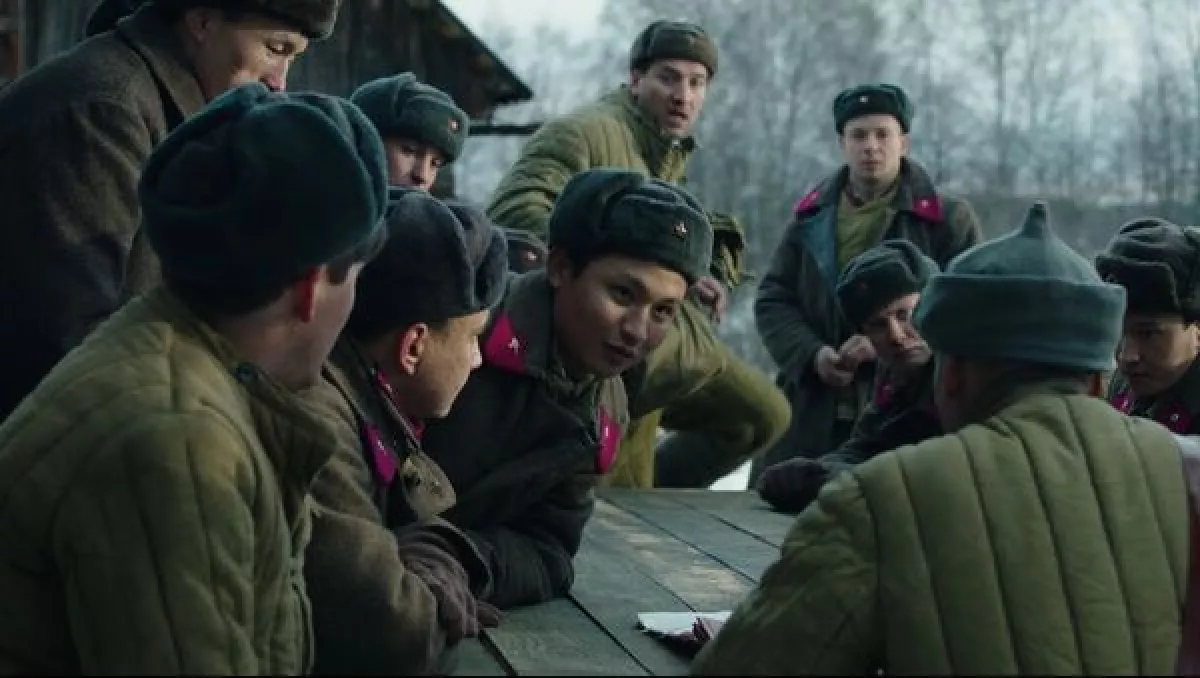
Today, the successor of that division is part of the Armed Forces of Kyrgyzstan. This is neither a coincidence nor an accident, but a clear indication of where those heroes came from. The division was formed in Kyrgyzstan and southern Kazakhstan immediately after the war began. It had a distinctly local character—there was no time to reshuffle personnel—and it was commanded by Ivan Panfilov, the military commissar of the Kyrgyz SSR, whose entire life had been spent in that region. The majority of the division’s personnel were Kazakhs, Kyrgyz, and Uyghurs. Yes, there were also local Slavic residents, but there were also Dungans (Chinese Muslims) and others. None of this is present in the modern Russian narrative about those events.
Naturally, that narrative stems from the late-Soviet pathologies of racism toward non-Slavic peoples—a prejudice that played a significant role in the USSR’s collapse. Still, during Soviet times, this problem had not yet reached its current scale. And when speaking of the Panfilov Guardsmen back then, people still read and talked about Alexander Bek’s remarkable novella The Volokolamsk Highway, which told the story of Moscow’s defence. It focused on the actions of a battalion from the Panfilov Division under the command of Bauyrzhan Momyshuly—yet the emphasis wasn’t placed on the commander’s strikingly non-Russian name or the fact that, in line with Kazakh tradition, he insisted on using no surname at all.
Momyshuly refused to speak to the writer about himself, even though he already had a story worth telling. He preferred to speak about his soldiers—about the men who not only defended Moscow, but stopped the steel juggernaut that had crushed Europe and was now rolling in a new direction with the same intent.
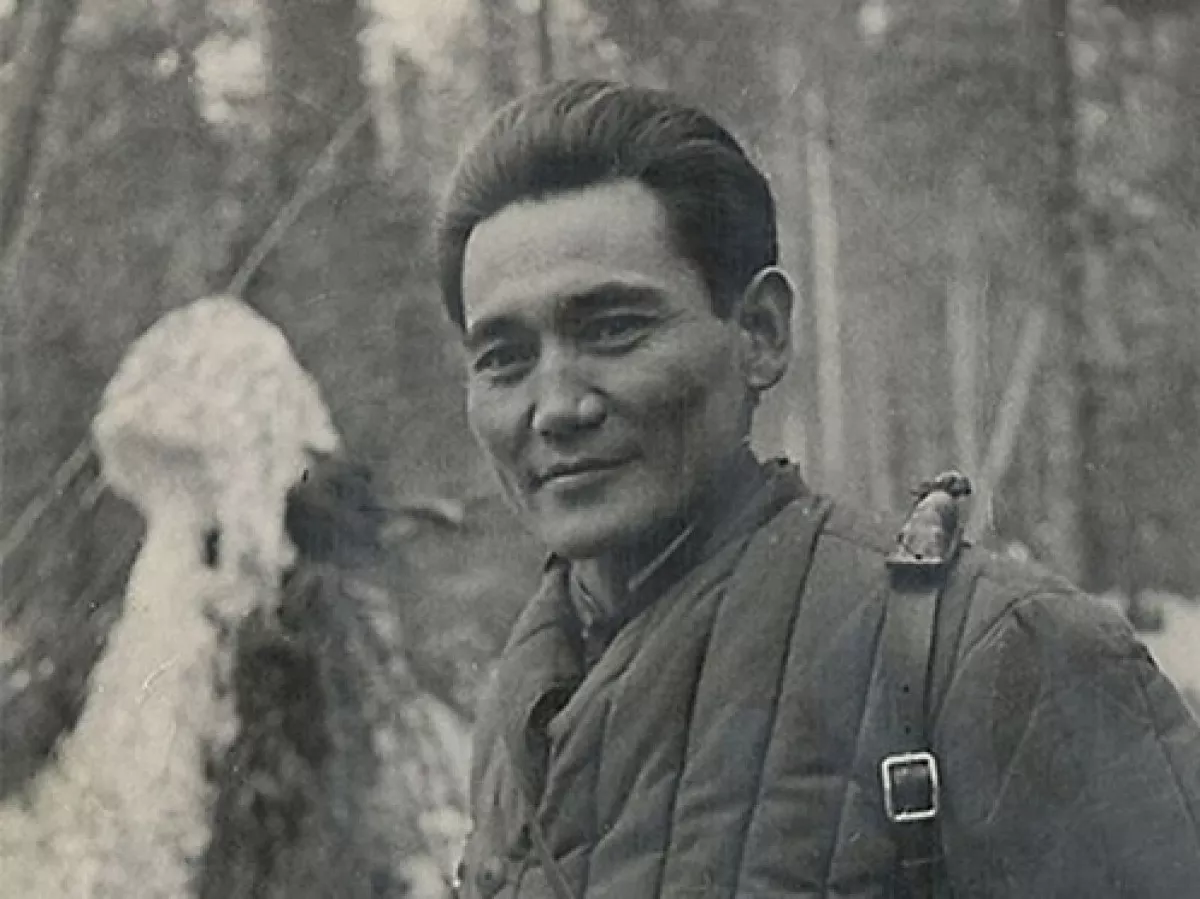
Those who saved the world—men whose names, like Khabibulla Rakhimov or Dzhalmukhammed Bozhanov, clearly show where they came from. But The Volokolamsk Highway was written during the war itself, and later, such episodes gradually faded into the background as Great Russian chauvinism began to rear its head. It is telling that Baurzhan Momyshuly was awarded the title of Hero of the Soviet Union only in 1990—years after his death.
Naturally, the problem isn’t limited to just one episode. Recently, while visiting the Alexander Nevsky Lavra in St. Petersburg, I overheard a church guide tell the story of how, during the Siege of Leningrad, Soviet soldiers supposedly came in secret to the church containing Suvorov’s grave before heading to the front. That, he said, is how they endured. Perhaps some did. But what about the others—who were likely even more numerous than the devout Red Army churchgoers? Thousands of soldiers from the Caucasus and Central Asia, with non-Orthodox names and non-Slavic appearances? They’ve been forgotten, even though they played a critical role in one of the most isolated and desperate parts of the front—blockaded Leningrad.
Otherwise, for whom was the Kazakh-language newspaper Otandy Qorgauda ("In Defence of the Motherland") published during the siege? In fact, nearly thirty such Kazakh-language publications existed during the war. Here’s another illustration of the role of non-Slavic peoples: Russian-Kazakh phrasebooks printed for Red Army commanders working with Kazakh soldiers. Clearly, these fighters often held the line during the war’s most hopeless moments and in its most brutal theatres—when valuables were already being evacuated from Moscow, when Leningrad was starving, and when the USSR was still fighting almost entirely alone, without lend-lease and without allies.
People, not a herd
During the perestroika years, a tendency emerged to depict Soviet soldiers of the time as a submissive herd. A sea of concrete examples of conscious heroism was pushed aside in favour of abstract speculations about “totalitarianism.” But if we speak specifically of non-Slavic soldiers, there’s no reason to view them as mere cannon fodder. In fact, there’s every reason to believe the opposite: these were strong-willed individuals, fully aware of the path they were choosing — and it was a difficult, deliberate choice.
To understand this better, let’s recall a few things. First, the First World War and the national liberation uprising of 1916 in Central Asia made it clear that any arbitrary and violent mobilisation would instantly turn the region into a "sea of fire" for Russian imperialists. Second, despite what is often claimed about “totalitarianism,” there were many ways to evade conscription in the 1940s. The region lived largely according to its own rhythms. The nearby borders with China and Afghanistan were not just porous — the local peoples had only recently been nomadic, regularly crossing them. And tens of thousands of seasonal labourers continued crossing into Xinjiang well into the mid-1930s.
In other words, joining the active army was not as inevitable as it might seem. Even after mobilisation, there were options: one could switch sides and join General Vlasov’s army under the Russian tricolour, or form separatist units like the thug Nzhdeh under his operetta-style banners. But the overwhelming majority of soldiers chose not to do so — even if they held grievances against the state system of the time. They fought on, even under the harshest conditions, against a Wehrmacht that was highly trained and equipped with the best military technology in the world.
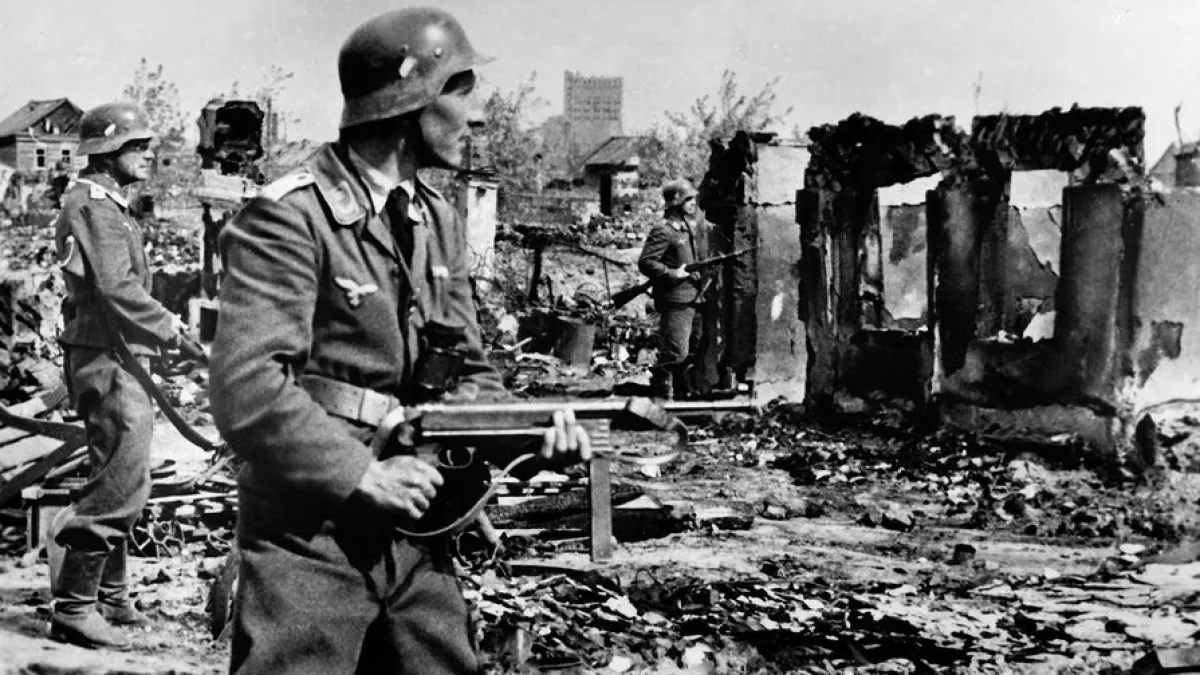
They were certainly not fighting “for a great Russia.” Rather, they fought for the often contradictory, modest and uneven — yet still significant — efforts at development undertaken for their peoples in the pre-war years under the Soviet system, despite all the repression, violence, and miscalculations. After all, Russification and the return of imperial-style Great Russian chauvinism had only just begun at the time. It’s worth recalling that until 1938, learning the Russian language in Soviet schools was not even mandatory. Many soldiers of the Panfilov Division likely did not speak it, and most of their native languages were still written in Latin script. For this reason, they would hardly have understood the famous speech later attributed to Commissar Klochkov — not only in terms of its meaning, but quite literally due to the language barrier.
These soldiers were fighting for human values — and not in some abstract sense, but to prevent the annihilation and enslavement of humanity. The Nazis had made their intentions brutally clear: they sought racial supremacy and a war of race. They envisioned the domination of the German — and exclusively German — race, which was to subjugate or gradually eliminate all others, either by force or systematic extermination. This was not just ideological posturing; it was a doctrine followed meticulously in practice. One didn’t need to study Nazi documents to grasp the regime’s inhumanity — it was plain to see in the everyday actions of Nazi institutions.
There was full consensus among the Nazi leadership — from Hitler to Himmler to Rosenberg — on the centrality of "racial struggle." Death camps continued to exterminate Jews and all those labelled Untermenschen until the very end, with the pace of killings increasing as Germany faced military defeat. Even when the Nazis permitted the formation of military units from “inferior races,” they never granted them operational autonomy — in stark contrast to their Japanese allies, who entrusted entire fronts to Indian, Burmese, and Indonesian allies and built genuine political partnerships with them.
Azerbaijan and American supplies
The dominant ideology in several countries today has reshaped the memory of the 1941–45 war, systematically erasing the contributions of non-Russian and non-Slavic peoples. This distortion is closely tied to contemporary political agendas. In present-day Russia, for instance, the denigration of people from Central Asia and the South Caucasus has become routine. Unsurprisingly, the modern Russian narrative of the war has little room for “outsiders.” More often than not, the theme of victory over Nazism is exploited to either promote Russian exceptionalism or argue — particularly in Western discourse — that the USSR would not have survived without Lend-Lease.
But this begs the question: how did the Red Army hold out before Lend-Lease fully arrived? The first meaningful flow of aid only reached the USSR after Hitler’s war machine had twice smashed into a wall — first outside Moscow, then at Stalingrad. By that time, Berlin had already run out of creative ideas on how to win the war.
So who held the line in those darkest days?
Clearly, it was soldiers like Bauyrzhan Momyshuly. His story is not just a tribute to one man — it highlights a broader historiographical failure, one seen both in Russian nationalist revisionism and in anti-Russian narratives. Azerbaijan’s role in the war, too, has long suffered from distortions. Since the late Soviet era, imperial chauvinism has systematically erased from memory all those who did not fit its racialised ideal of a Soviet war hero.
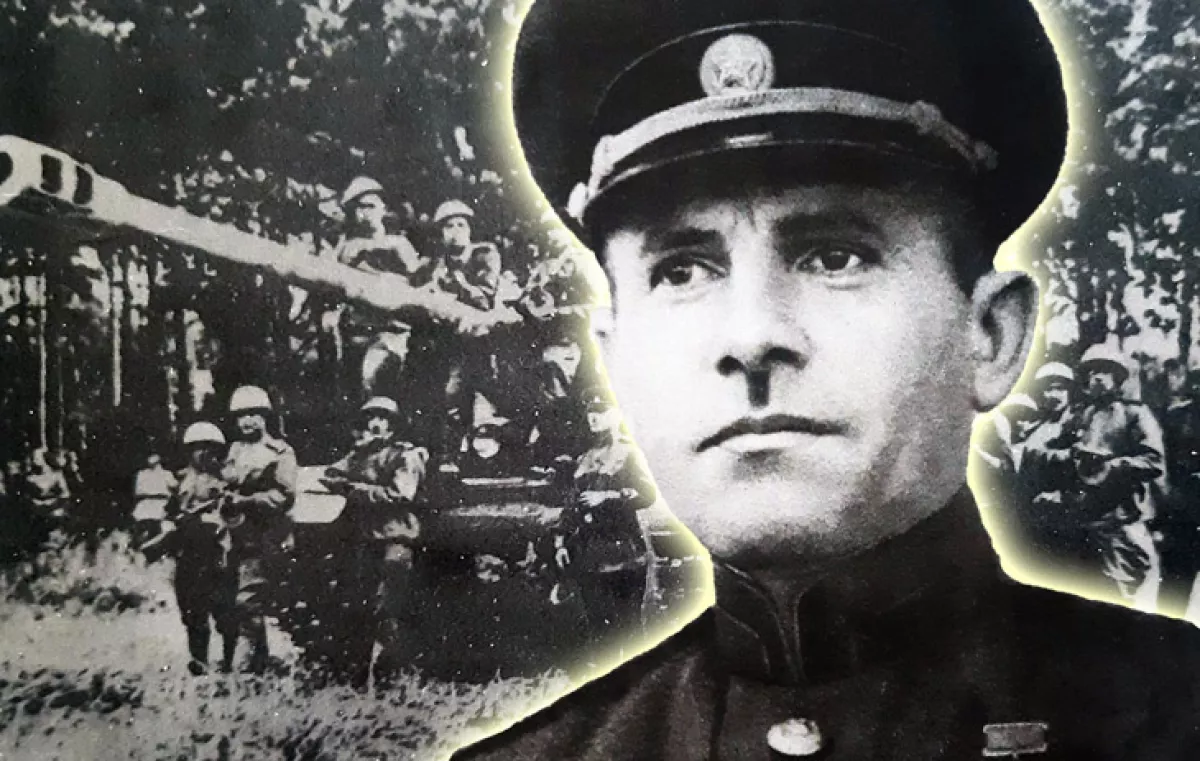
Let us take the example of Soviet Azerbaijani General Hazi Aslanov — a tank warfare genius who fought almost the entire war. By 1944, his units had liberated a quarter of Belarus and Lithuania from Nazi control. Aslanov was a heroic figure in the fullest sense: he personally led his troops into battle and died, like a character from ancient tragedy, on the very brink of victory in January 1945. According to accounts, his last words were worthy of the epic: “Mission accomplished. The tanks are moving forward.”
Yes, he was awarded the title of Hero of the Soviet Union during his lifetime. But despite his extraordinary command skill — leading dozens of major tank operations against a superior enemy in a variety of harsh conditions — he remained largely overlooked even within Soviet military historiography. To put things into perspective: while both volumes of German tank commander Heinz Guderian’s memoirs were published in the USSR after the war, the Soviet military never even mentioned “their own” Aslanov in the introductions. Soviet victory was steadily being repainted as a triumph of ethnic Russians, and the image of the Soviet soldier was subjected to racial revisions — made whiter, more Slavic, more “European.”
Yes, Aslanov was honoured in Azerbaijan, but beyond its borders, there was silence. Only in 2009 was a monument to him finally erected — in Belarus, not Russia. And this is hardly an isolated case. One need only recall the story of Ziba Ganiyeva, another war hero whose recognition has come only in recent years.
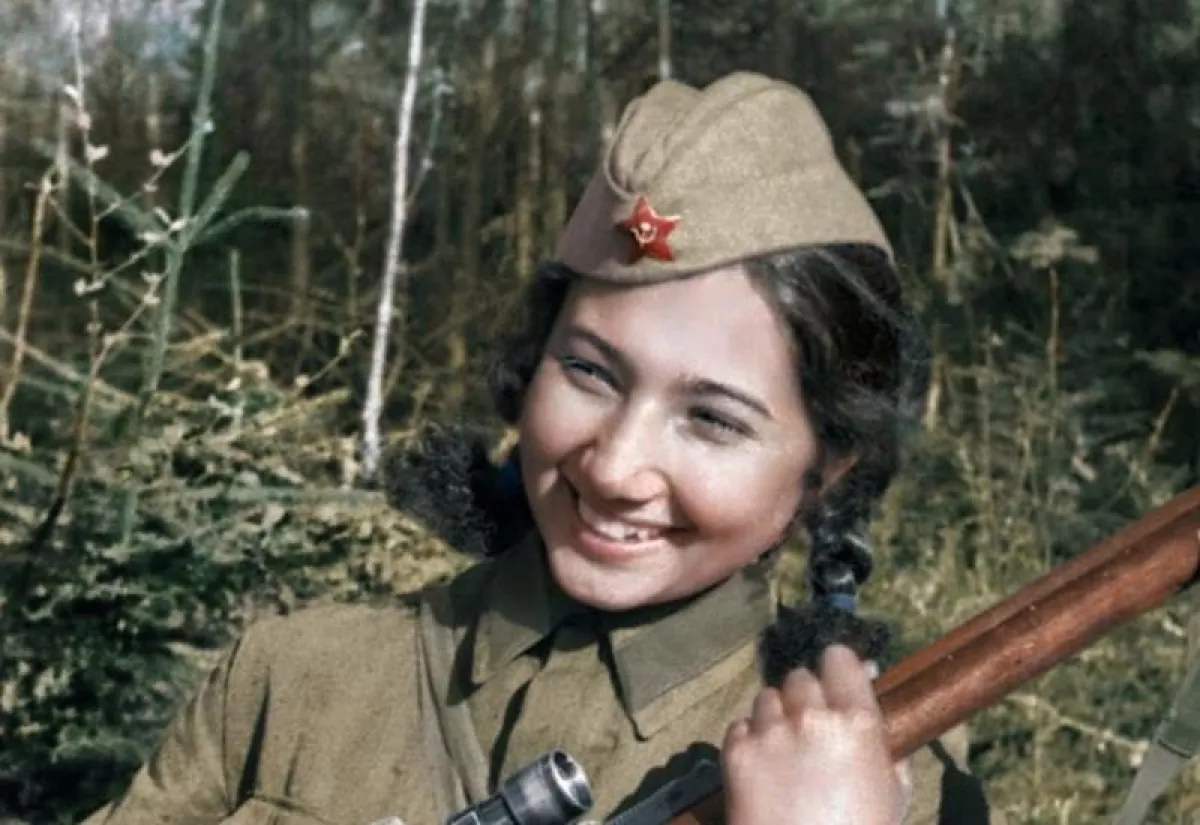
The current political climate prevents many from even mentioning the contribution of the peoples of Central Asia and the South Caucasus to the victory. A book was recently published in Russia by a staff member of the General Staff Academy about national formations in the Red Army, which leads the reader to the conclusion — voiced by the authorities there — that it was “the Russians who won the war.” The implication is that these formations and the conscription of “non-Russians” proved ineffective and were gradually phased out as the war progressed.
Yet one might ask: if that’s the case, then why, in the final stages of the war, did the Germans depict Soviet soldiers with non-European facial features and refer to “Asian hordes” — even though, at the beginning of the war, Nazi propaganda focused on the presence of Jews in the Red Army?
But let us return to the theses presented by the staff member of the General Staff Academy — ideas which, frankly speaking, amount to brilliant methods for destabilising Russia and demoralising its society and state institutions, given their multi-ethnic composition. These theses are fundamentally false, based on a dishonest interpretation of selectively extracted archival data.
Let’s start with the basics: reducing everything to the numbers of active-duty personnel is, frankly, a poor approach. Victory was achieved through the collective efforts of the peoples of the USSR, and it is objectively impossible to determine who was absolutely indispensable to holding the line. As already mentioned, near Moscow stood not only representatives of the Kazakh people but also members of the smaller Kyrgyz population and the much smaller Uighur and Dungan communities. One may try to argue — through the lens of raw statistics — that the hypothetical absence of soldiers from these nationalities would not have changed anything. But that would be a lie: numbers prove nothing here. Their absence would have changed everything. The last, rare, and hopeless line of defence near Moscow would have been breached, and it would have all been over.
And yes, the losses suffered by these peoples as a result of their heroic efforts are hard to overestimate. Take, for example, just one episode — the battle involving the “Panfilov Division” near Moscow. In those battles, the first Uyghur playwright, Abdulkhai Sadyrov, was killed. He had only just begun creating new genres in Uyghur culture. A Shakespeare struck down on takeoff.
That is why politicised comparisons of different nations’ contributions, based on dry figures, are so vile.
Second, when discussing contributions, it's important to understand that much was decided not only on the Soviet-German front but also in other spheres and locations. As we have mentioned before, without Lend-Lease, the USSR would have likely endured the first, decisive third (or perhaps even slightly more) of the war. But without Azerbaijani oil, it would not have lasted a single day. The flow of oil from Baku was crucial, and the failure of Hitler’s attempts to cut the USSR off from this vital resource near Stalingrad marked a turning point in the war.
When Lend-Lease started coming through, it was possible thanks to Azerbaijani units of the Red Army quickly establishing control over Northern Iran, through which Lend-Lease shipments flowed parallel to the route via Arkhangelsk. Not all, but many units of the Red Army in Iran were Azerbaijani, and Soviet representatives there were also Azerbaijani. Witnesses of those events in the region later recalled that when they entered areas populated by Azerbaijanis, Shakhsevens, and others, they managed to avoid confrontations with the local population. For comparison, during World War I, the Imperial Russian Army, stationed in Iran at the time, often clashed with the local population, despite Tehran's neutral status!
In conclusion, it should be emphasised that that war and its consequences, in terms of both its victims and events, are phenomena akin to biblical ones. Refined evil attempted to crush the world, and for a time, it seemed to succeed. It would be wrong to reject the memory of those who halted this evil simply because the topic is now being used for dubious political purposes. What must be stated clearly is that that war and the victory in it have nothing to do with the current imperialist states that emerged on the territory of the former USSR. The glory of that war and victory must be restored to those to whom it truly belongs — to all the peoples who participated in this titanic struggle.
The heroism of the peoples of the USSR who stopped absolute evil in its tracks does not diminish due to the invasion of Ukraine or any other events that followed. Is it possible to draw a line from the events of that war to the present? Yes, to some extent, everything ultimately traces back to the same lend-lease and Stalin's dealings with Western partners, through which the Soviet leadership "sold its soul" to the entire Soviet political project. Beginning with calls for national and social emancipation, by the end of the 1940s, the Soviet Union had reached an external policy point where it was allied with the French and British Empires, had divided Europe into spheres of influence with Churchill, and had demanded the transfer of former Italian colonies in North Africa. In its foreign policy, it had even betrayed the Azerbaijani national-liberation movement in Iran. Domestically, Stalin returned to glorifying the tsarist conquerors and colonisers of the Caucasus and Central Asia, to forced Russification, and to abandoning the policy of accelerated socio-economic and cultural development in non-Slavic regions.
But all of this came later, and it cannot be derived from the fight against the Nazis. The heroes of the war — figures like Hazi Aslanov or Bauyrzhan Momyshuly — have nothing to do with Stalin and Churchill's cynical imperialist deals or the destruction of Mariupol in Ukraine today. Therefore, cynical politicians who attempt to tarnish the memory of these heroes can only be met with the proverbial saying: "Here's the door, and there's the devil." No matter how grand their celebrations may be, they cannot conceal the falseness of their claims.








